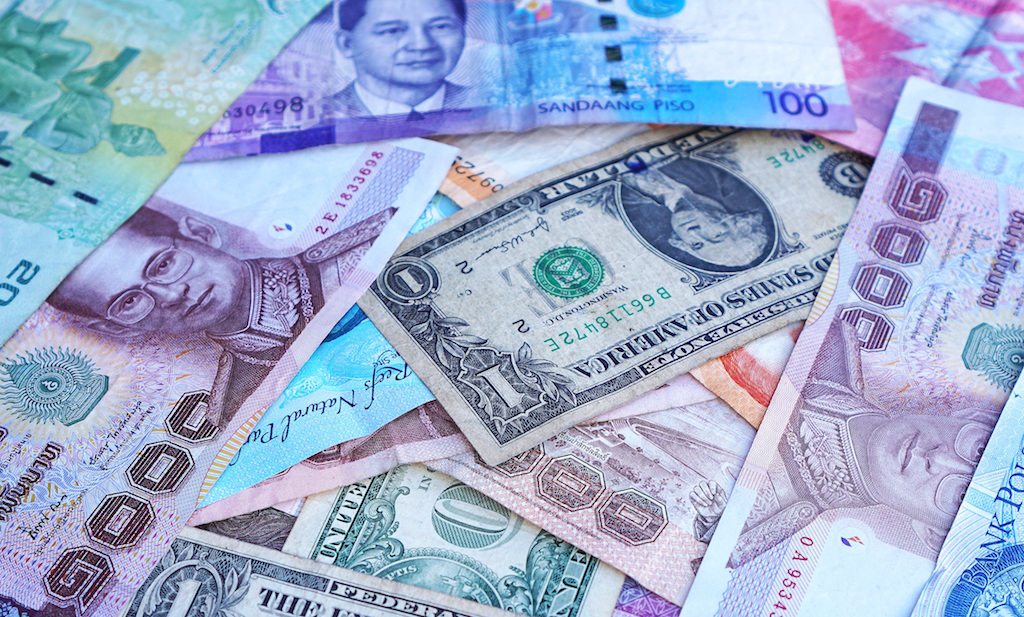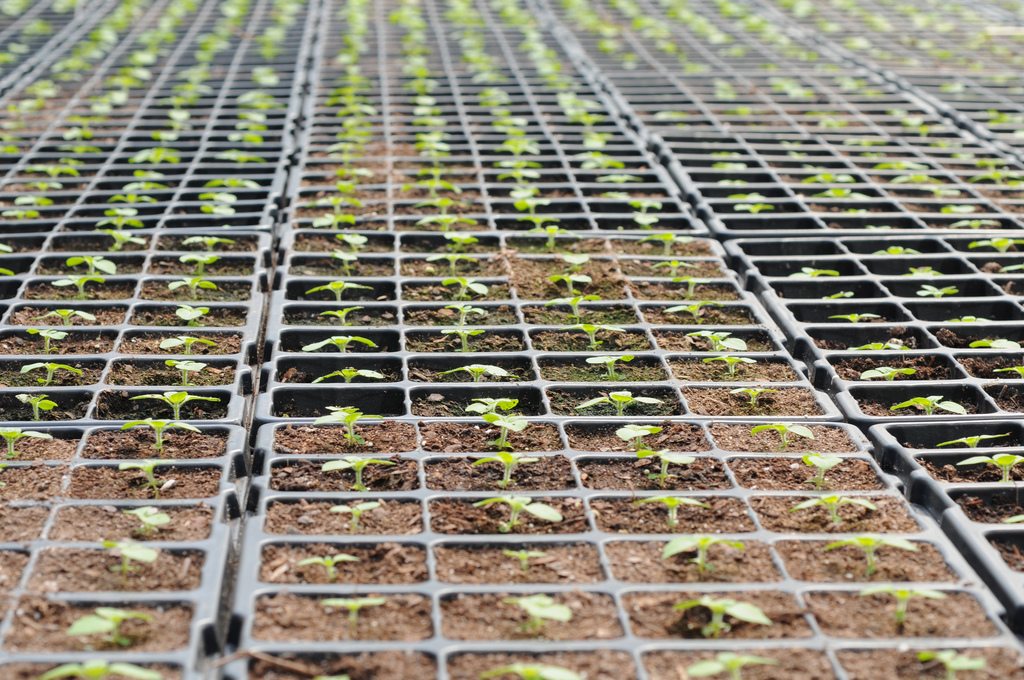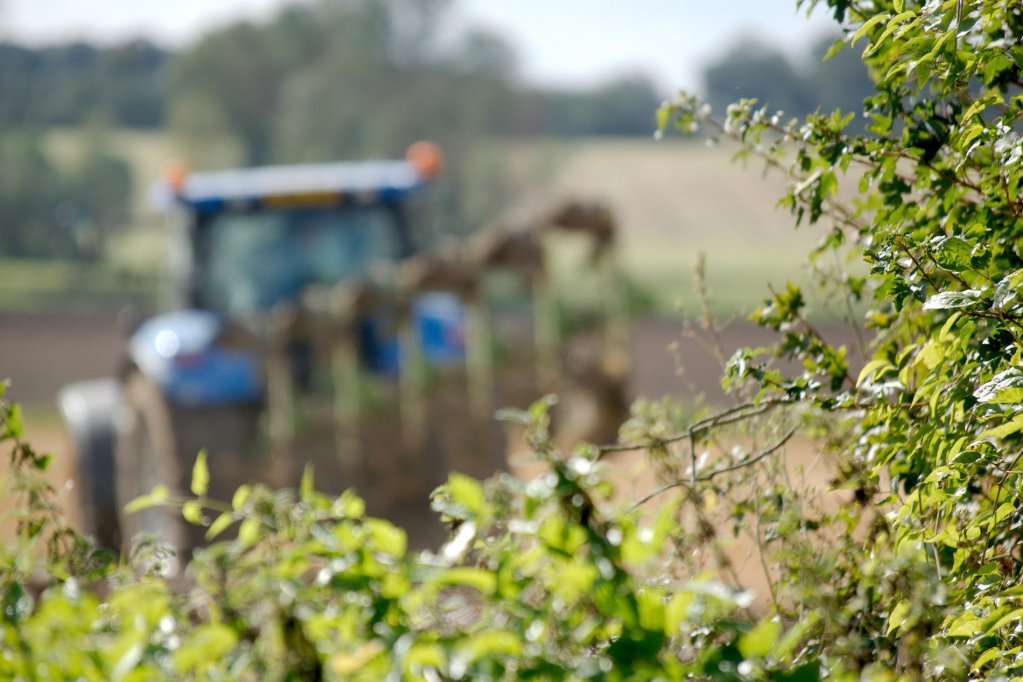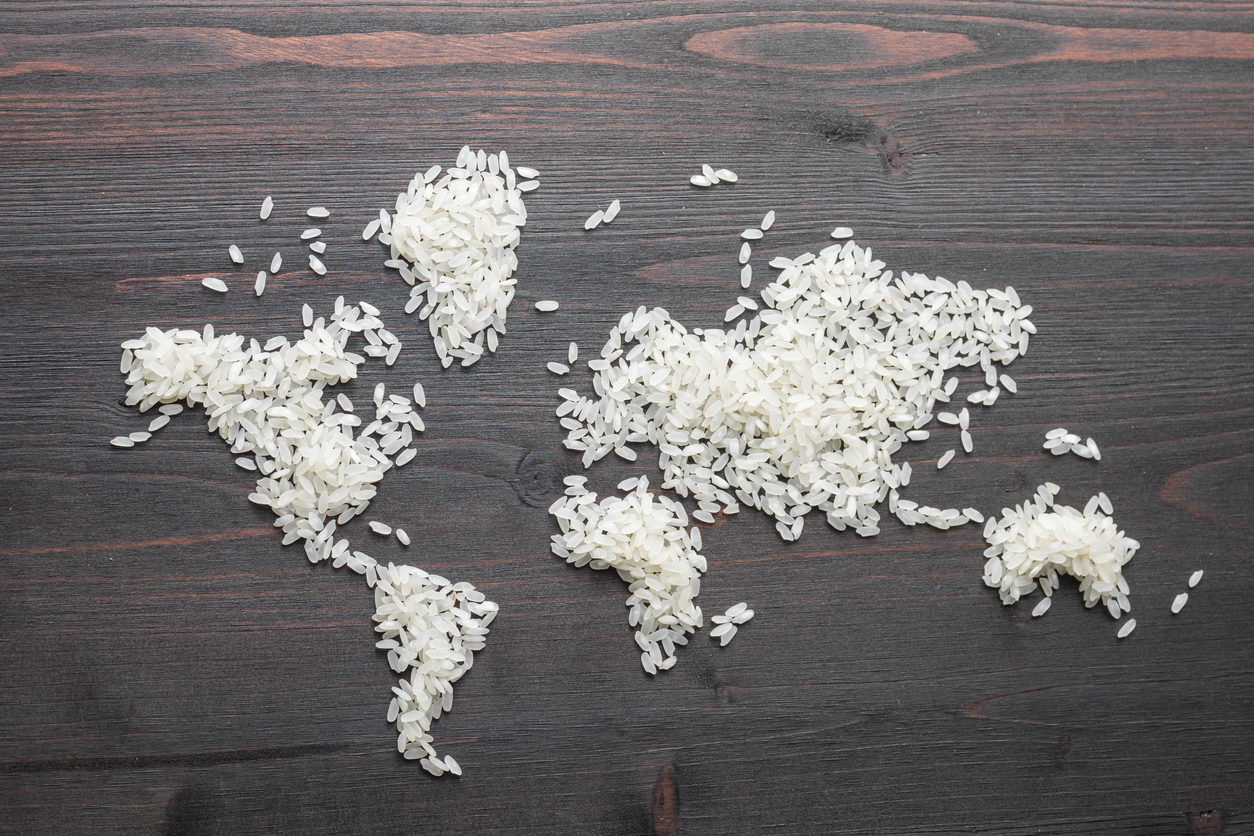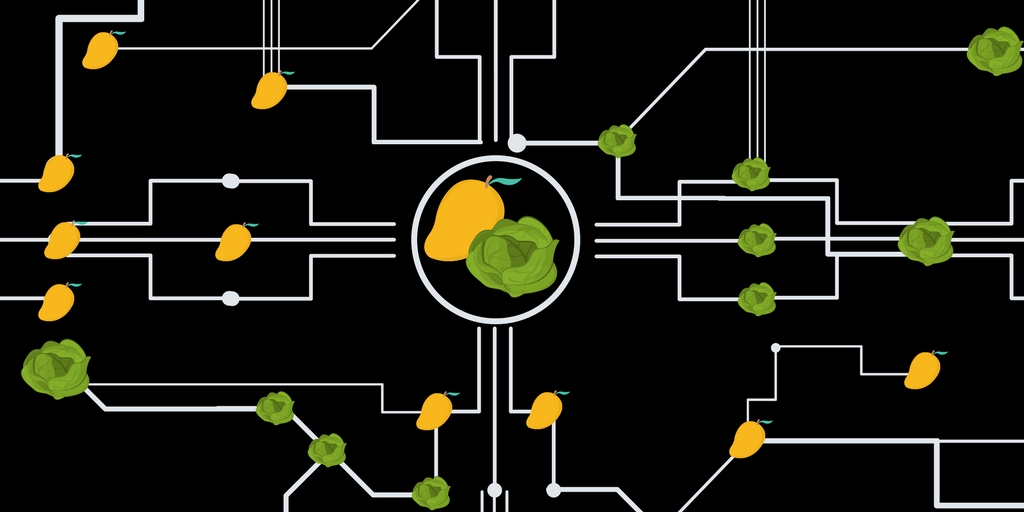
Hillary Bonhomme
These days it’s hard to read about the future of industry—nearly any industry, really—without hearing how the blockchain is going to completely disrupt it. Blockchain is best known for being the digital accounting backbone of the volatile digital currency Bitcoin, but in many other contexts it is being promoted as a catch-all solution for transparency, efficiency, and trust. And the food industry is no exception. Some companies, including giants like Walmart, Nestlé, and Dole, are hopeful that the high-tech tool can be used to address longstanding problems around food safety and traceability.
One can understand why the technology might seem a natural fit for supply chains. For the uninitiated: Blockchain is basically a digital ledger—a permanent record of transactions—each entry, or block, is linked to the one before it (the chain), and secured with cryptography, making the ledger highly-resistant to modification. For this reason, it is said to create trust, because entries cannot be removed or changed. In 2015, The Economist anointed it “the trust machine.”
And then there’s blockchain’s potential use for the seemingly intractable problem of food safety. In November and December of 2017, more than 60 people in the United States and Canada fell ill as a result of an outbreak of Shiga toxin-producing E.coli—the deadliest strain of the bacterium. Two people died. And although Canadian officials laid the blame specifically on romaine lettuce, the Centers for Disease Control and Prevention (CDC) was unable to definitively identify the source of the contamination—saying only that “leafy greens” were likely the source. But that’s just one incident. Nearly 28 million people fall ill in the United States every year as a result of foodborne illnesses, according to CDC estimates. Approximately 3,000 die as a result. Although these statistics reveal an obvious public health concern, this is an ongoing issue that hits companies’ bottom lines, too, whether directly through widespread food recalls, or indirectly when consumers lose trust and stop buying certain products following a food safety incident.
Since 2016, Walmart has been working with IBM to develop software that uses the blockchain to track products through its supply chain, from the farm to the consumer, in the hopes of addressing those issues. If only those heads of romaine lettuce that Canadian officials thought caused the early winter outbreak had been tracked on the blockchain, the thinking goes, then government agencies and retailers would know where they had come from, and where they were sold, and the contamination could have been contained. Walmart’s vice president of food safety, Frank Yiannas, has called the technology “the holy grail.”
When used as the backbone of a digital currency, as with Bitcoin, one can see not only who has what now, but who had what a week ago, or a year ago, because the ledger is a complete history of that currency. However, as soon as you use the blockchain to record the movements of something that cannot be digitized—a banana, for example—it creates a point of failure.
Last year, Yiannas asked his team to trace a package of sliced mangoes back to their source. He says it took them six days, 18 hours, and 26 minutes. After Walmart used the software developed with IBM to track mangoes from a farm in Mexico to U.S. stores over a 30-day period, the same exercise took a mere 2.2 seconds.
 NFE
NFE The mango pilot is one of two that Walmart and IBM have run, and one of the largest proofs of concept within the industry to date, involving 16 farms, two packing houses, three brokers, two import warehouses, and one processing facility. Over the 30-day period, they captured 23 different lot codes and tens of thousands of sliced mangoes. In China, the company tracked several different pork products from a single supplier to stores.
Not everyone finds the company’s work with blockchain to date very impressive. Mitchell Weinberg, who founded the food fraud detection and prevention firm Inscatech, thinks it unrealistic to believe all of the food we consume can be tracked on the blockchain. “If they’re selling a bottle of spices, let’s say, I would challenge them to say which plant that particular herb or spice came from,” he says.
Yiannas acknowledges that tracking the five or 10—or more—ingredients that can go into a single product is a complex undertaking, but also reiterates what an accomplishment it is to track even a single ingredient. “Again, because it’s a fragmented food system—lots of paperwork, not digitized—so the idea of doing it in 2.2 seconds because it’s all recorded digitally is just fascinating, mind-boggling,” he says.
“To your point with the multiple ingredients,” Yiannas adds, “It becomes harder but it can be done. So, basically what you could do is you track back that the pizza was manufactured at a facility, and then you can track back all the ingredients that went into that pizza and where they originated from. But it adds a layer of complexity that would be very hard to do on paper.”
“Blockchain is fantastic in terms of creating that accounting paper trail that they’re looking for to track the money, but beyond that—in terms of what’s actually happening to the food and going into it, and as to whether those parties are really who they say they are, or where they say they are, or what they are—it doesn’t do that, and that’s really the flaw with it,” Weinberg says. “There’s just no validation of the information that’s being put in. It’s only as good as the person who’s entering the information.”
In order to ease the adoption of this technology, IBM and Walmart are trying not to add extraneous steps for people along the supply chain. The way Yiannas describes the mango pilot, it consisted mostly of people uploading food safety audits and certificates as digital images—meaning any mistakes made on paper were captured and permanently etched into the record. In theory, someone further down the line would catch any mistakes. But what if it’s something they can’t see? And what if nobody’s looking?
Brigid McDermott, IBM’s vice president of food safety, concedes that “initially, the data will not be any cleaner than it is today.” However, she hopes that using the blockchain will help improve the quality of the data over time.
“I think that by putting the information on the blockchain, you make it more accessible, which makes it easier to discover accidental errors, and it makes it easier to trace any intentional errors, or fraud,” McDermott says.
McDermott and Yiannas both assume that people will police their own behavior out of fear of getting caught. “Anonymity tends to disinhibit unscrupulous behaviors, and that’s why you don’t want an ATM in a dark corner where nobody can see, and that’s why you don’t want to let students necessarily take exams without a proctor overseeing the exam,” Yiannas says. “So the idea of shining a light on every point of the food system and having a record—we think that idea of going from anonymity to transparency will drive accountability, and people will self-govern their behaviors.”
That’s something Weinberg really doesn’t buy. “The people who are adulterating the food and doing stuff to it, they’re very sophisticated in terms of concealing their crime,” he says. “Blockchain’s not going to tell you how that food’s being harvested in the field and what’s going into it and whether the people collecting it or consolidating it are adding anything to it. There’s no way blockchain is going to tell you that.”
However, McDermott says that IBM and Walmart have yet to even start working on a consumer-facing app.
Another important thing to note is that IBM’s solution is built on a permission-based network, and that participants have control over who can see their information and who cannot. As an enterprise, McDermott says, “you want to know who you’re working with, and you want to be able to control who sees the information, because it is business-critical information. It can be things that you view as very competitive, valuable information.”
So, it’s hard to know just now what information Walmart will choose to share with its partners, with its competitors, and, eventually, with its customers.
But, “this is not something that has to be final before it can be useful,” says McDermott. For example, she and Yiannas say the software will help Walmart be more efficient. The mango pilot revealed that it took three days for the mangoes to get from the customs broker to a processor in this country, and that if they could cut down on that time, they could extend the shelf life of that product in stores or in someone’s fridge by a day or more, so that the consumer gets fresher food, and, consequently, there’s less food waste.
The Walmart-IBM software may facilitate digitization, certificate management, and interoperability. But while these things can improve traceability and transparency, the human element of the food supply chain is far more resistant to control and far less predictable. If the ultimate success of the blockchain relies on self-governance, we may be a long way from it being a food traceability backbone we can truly rely on.

